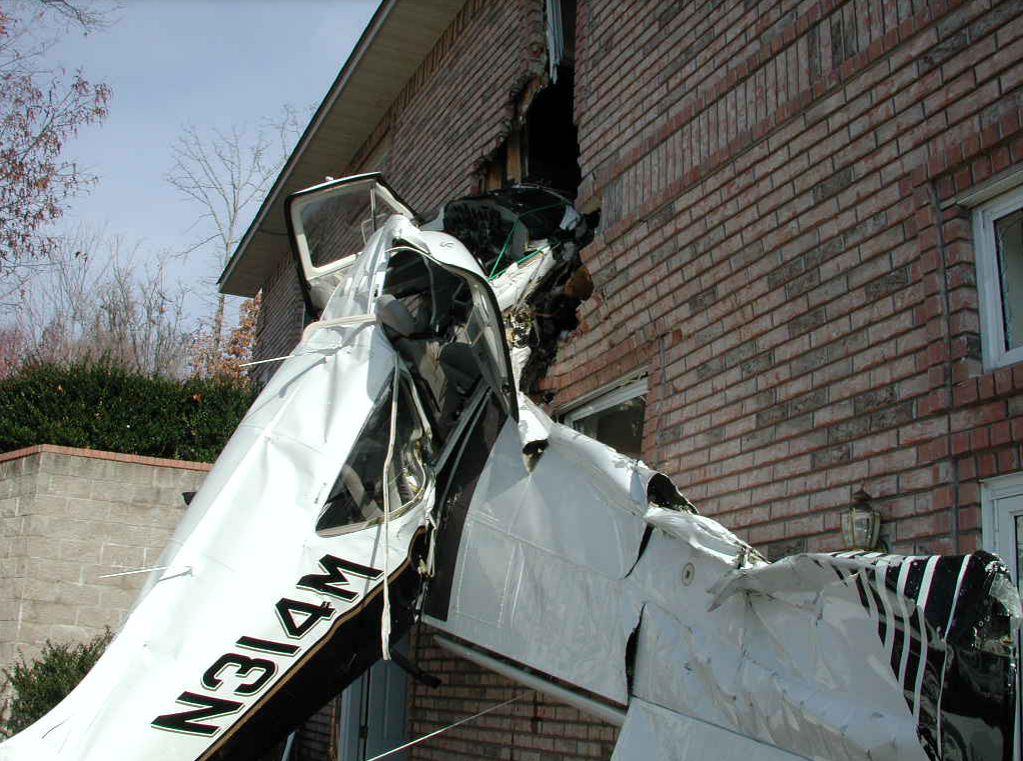
ASN Wikibase Occurrence # 45346
This information is added by users of ASN. Neither ASN nor the Flight Safety Foundation are responsible for the completeness or correctness of this information.
If you feel this information is incomplete or incorrect, you can submit corrected information.
| Date: | Thursday 5 December 2002 |
| Time: | 18:58 |
| Type: |  Rockwell Commander 114 |
| Owner/operator: | Private |
| Registration: | N314M |
| MSN: | 14268 |
| Total airframe hrs: | 3794 hours |
| Engine model: | Teledyne Continental IO-540-T4B5D |
| Fatalities: | Fatalities: 1 / Occupants: 2 |
| Aircraft damage: | Destroyed |
| Category: | Accident |
| Location: | Hot Springs, AR -
 United States of America United States of America
|
| Phase: | Approach |
| Nature: | Private |
| Departure airport: | Dallas-Addison Airport, TX (ADS/KADS) |
| Little Rock-Bill and Hillary Clinton National Airport, AR (LIT/KLIT) | |
| Investigating agency: | NTSB |
| Confidence Rating: |
On December 5, 2002, at approximately 1858 Central Standard Time, a Rockwell Commander 114, N314M, was destroyed when it struck a house subsequent to a loss of engine power while in cruise flight near Hot Springs, Arkansas. The instrument rated private pilot received serious injuries, and his passenger was fatally injured. The pilot/owner was operating the airplane under Title 14 CFR Part 91. Night visual meteorological conditions prevailed for the cross-country personal flight that originated from Dallas, Texas, 1 hour, 36 minutes before the accident. The pilot was flying on an IFR (instrument flight rules) flight plan (he canceled his IFR flight plan approximately 2 minutes before impact) and his destination was Little Rock, Arkansas.
The airplane was on an instrument flight plan at night, with a destination of Little Rock, Arkansas. The pilot reported a loss of engine power, and he diverted into Hot Springs, Arkansas. The airplane impacted a brick house, approximately 6,000 feet short of the runway. The airplane engine ignition system's single-drive dual-magneto exhibited evidence of melted plastic on its four-lobe breaker cam. The cam itself exhibited "bluing" discoloration and was dry of lubrication. The internal damage to the magneto suggested that the breaker cam's shaft had been forcibly pushed into the magneto. Evaluation of the magneto housing revealed a 7/8-inch gouge, which matched the dimension of its hold-down clamp. The magneto had been removed during the airplane's last annual inspection for a normal maintenance inspection. The airplane had flown approximately 148 hours since its annual inspection.
Probable Cause: The loss of engine power due to the failure of the engine ignition system's single-drive dual-magneto, and the magneto's improper installation by unknown maintenance personnel. Contributing factors were the improper installation of the magneto by unknown maintenance personnel, the lack of suitable terrain for a forced landing, and the dark night light condition.
Accident investigation:
 |
|
Sources:
NTSB: https://www.ntsb.gov/_layouts/ntsb.aviation/brief.aspx?ev_id=20021218X05618&key=1
Location
Images:



Revision history:
| Date/time | Contributor | Updates |
|---|---|---|
| 28-Oct-2008 00:45 | ASN archive | Added |
| 21-Dec-2016 19:24 | ASN Update Bot | Updated [Time, Damage, Category, Investigating agency] |
| 09-Dec-2017 18:04 | ASN Update Bot | Updated [Source, Narrative] |
| 14-Aug-2023 11:30 | Captain Adam | Updated [[Source, Narrative]] |
Corrections or additions? ... Edit this accident description
The Aviation Safety Network is an exclusive service provided by:


 ©2024 Flight Safety Foundation
©2024 Flight Safety Foundation